
Newsletter Subscribe
Enter your email address below and subscribe to our newsletter

Enter your email address below and subscribe to our newsletter
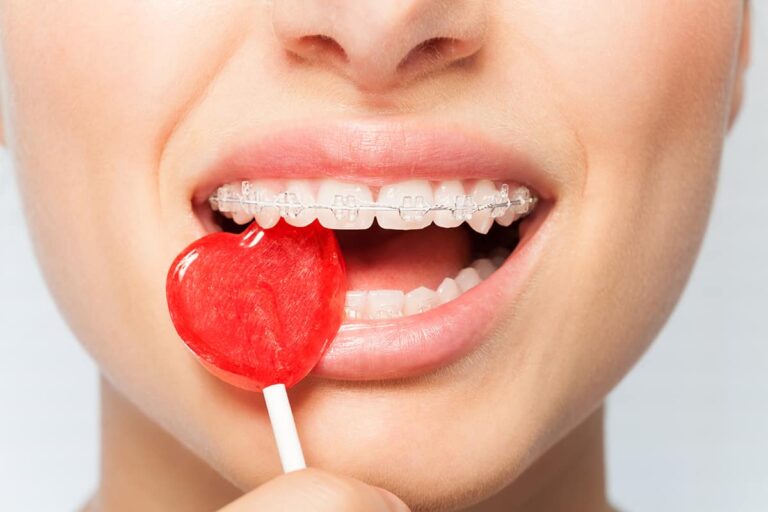
When wearing braces, choose soft candies that won't damage the brackets or wires. Ideal options include plain chocolate, soft cookies, and peanut butter cups. Avoid sticky, hard, and chewy candies like caramel, nuts, and gummies, as these can harm your braces and increase the risk of dental issues.

To immediately reduce braces pain, you can apply a cold compress to numb the area and decrease inflammation. Rinse your mouth with warm salt water to soothe sore gums. Use orthodontic wax on any brackets that are causing irritation, and consider taking over-the-counter pain relievers like ibuprofen or acetaminophen as directed.
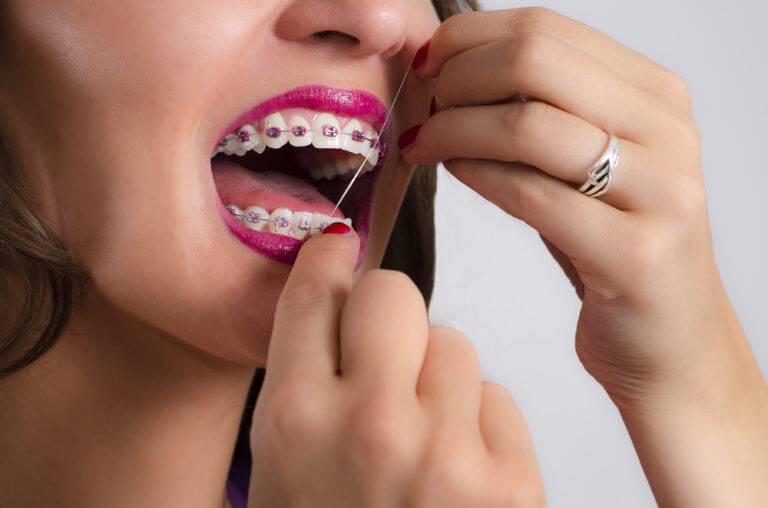
Flossing with braces requires a floss threader. Thread floss above the wire, guiding it between teeth, and gently move it back and forth. Glide it along the gum line to remove plaque and food debris. Repeat between each tooth and under the wire for thorough cleaning. This routine helps keep your teeth clean and prevent issues like gum disease during orthodontic treatment.

During the first week with braces, opt for soft foods to minimize discomfort. Good choices include yogurt, smoothies, oatmeal, scrambled eggs, soft fruits like bananas, mashed potatoes, and well-cooked vegetables. Soup and broths are also gentle options.

The cost of braces varies based on the type you need. Traditional metal braces are the most affordable at $3,000-$7,000. Ceramic braces offer a discreet look for $4,000-$8,000. Lingual braces are the most expensive at $8,000-$10,000 but provide a completely hidden solution.
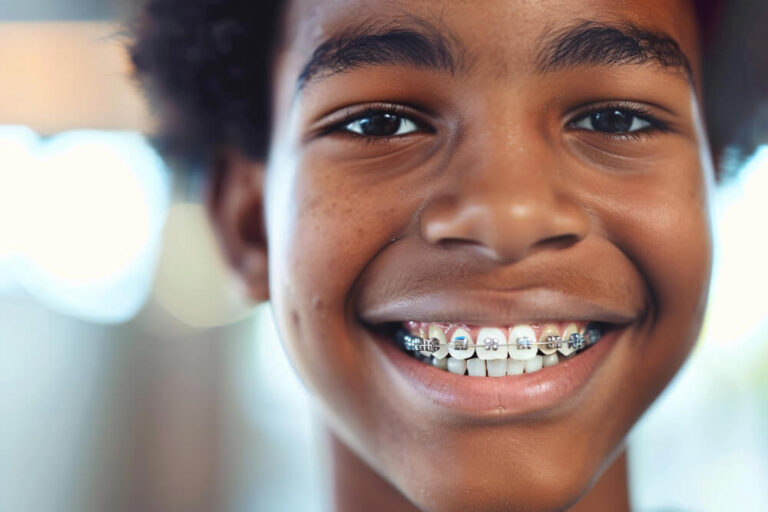
Braces use gentle, continuous pressure to gradually move teeth into their correct positions. This pressure affects the bone and tissue surrounding the teeth, causing them to loosen and then tighten in their new alignment. Over time, adjustments are made to the braces to ensure the teeth move into the desired alignment, resulting in a straighter smile.
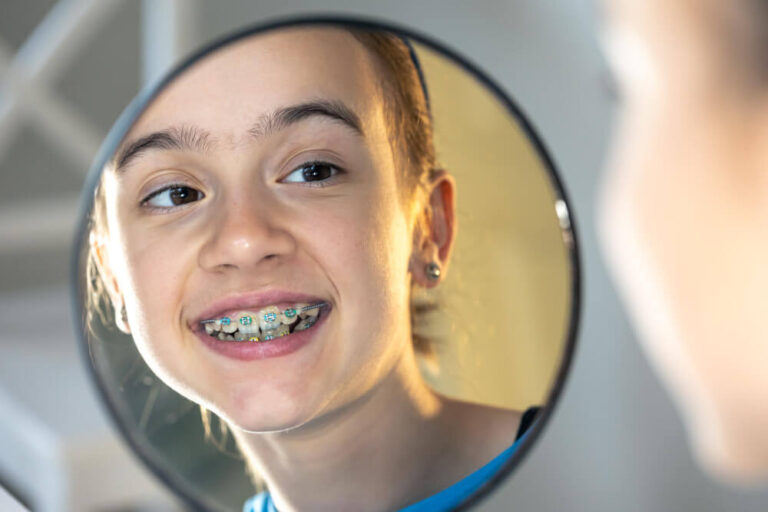
Braces are dental tools used to straighten teeth and correct bite problems. They consist of brackets attached to each tooth, connected by a wire that gradually shifts teeth into place. Worn for a few years, braces are most common in teens but adults can get them too. They come in metal, clear, or tooth-colored options.
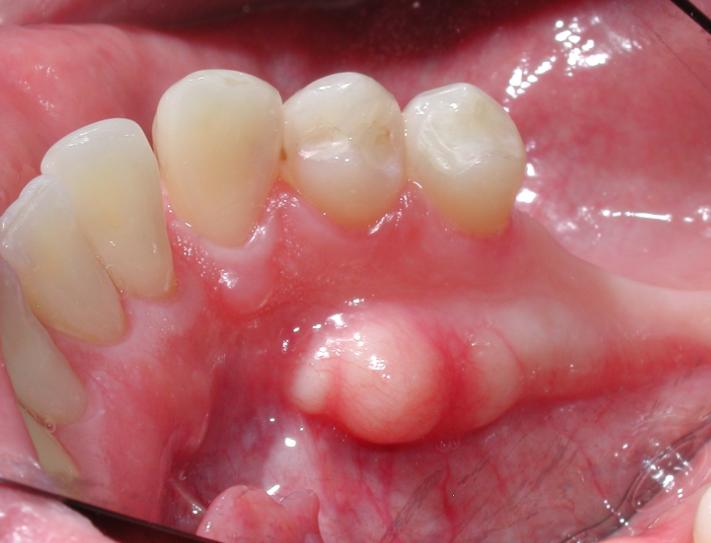
Mandibular tori are bony growths on the inside of the lower jaw that often cause no symptoms. In some cases, though, they can irritate the tongue or nearby tissues, leading to discomfort or ulcers. Large tori might interfere with dentures or speech. If you experience these issues, a dentist can advise on management or removal.

A wisdom tooth abscess is a painful pus-filled infection that forms around a wisdom tooth. This happens most often because wisdom teeth are hard to clean, especially when they're partially stuck under the gum. The bacteria builds up and creates an infection. It's a dental emergency, so see a dentist right away!
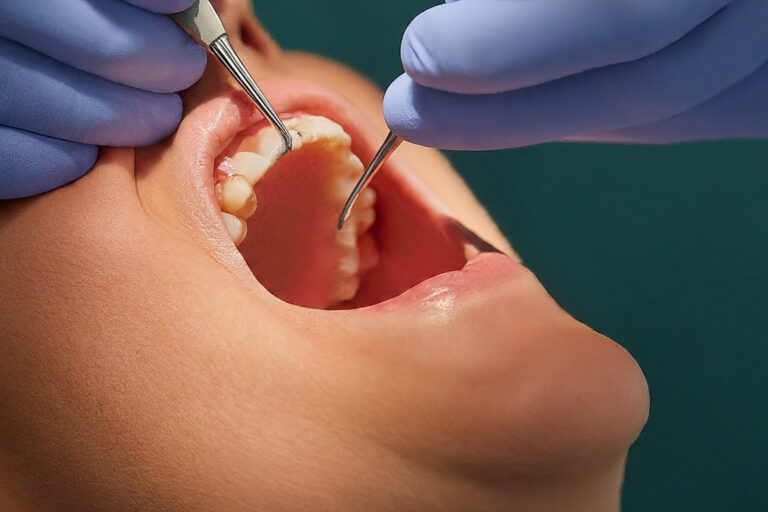
An operculectomy is a minor surgery to remove a flap of gum tissue (the operculum) that partially covers a tooth, most often a wisdom tooth. This is done to treat or prevent gum infections, make cleaning around the tooth easier, and sometimes help the tooth erupt fully.
Dental articles in your inbox. Subscribe